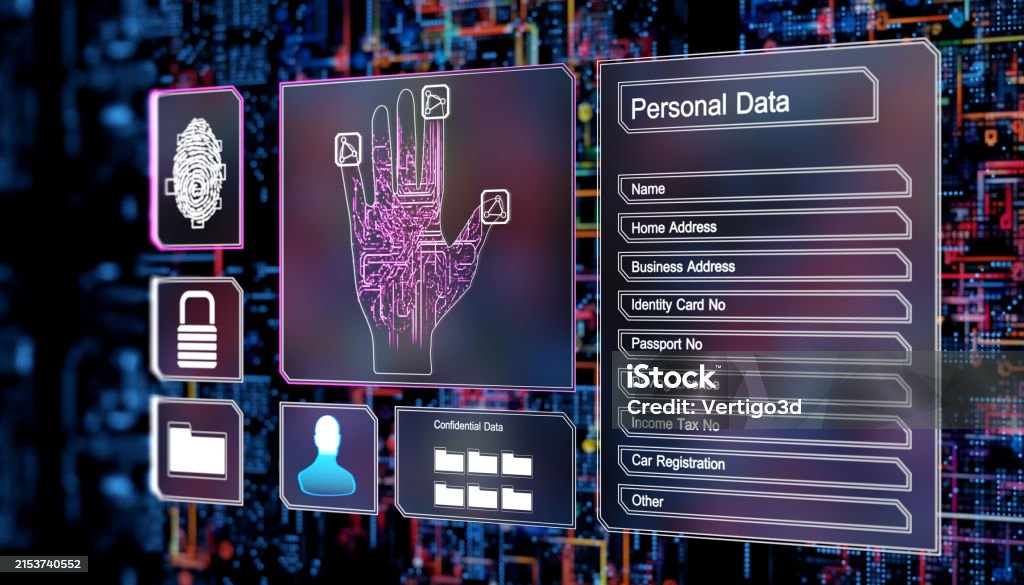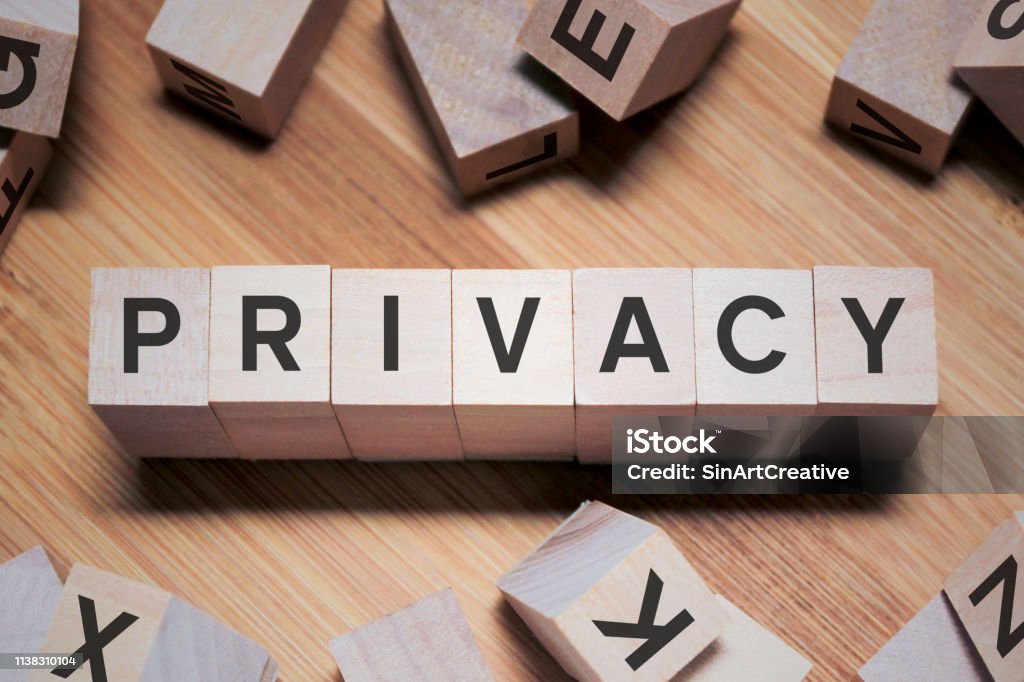Personal vs. Professional:
Digital identity is how I show myself online, and it is critical to distinguish between personal and professional aspects. Personally, I utilize platforms such as Instagram to share my hobbies, communicate with my friends, and simply be myself. On the other side, my professional digital identity is all about being polished and intentional on networks such as LinkedIn, where I exhibit my abilities, academic achievements, and career objectives. I’ve realized how important it is to preserve such boundaries. For example, I maintain strong privacy settings on personal accounts while ensuring that my professional profiles are clean, accessible, and reflect me in a positive light. I also think twice before publishing or commenting online to avoid anything that could harm my future possibilities. Keeping these two sides separated is crucial more than simply protecting your privacy; it’s also about demonstrating to potential employers and coworkers that you can balance your personal and professional commitments intelligently.

Digital Visitor and Resident Map:
Visitor Spaces:
- Online Banking: I log in only to complete financial transactions or check account balances.
- Government Websites: These are for specific tasks like renewing documents or accessing tax information.
- YouTube (Tutorials): I search for quick solutions, watch, and leave without engaging further.
- Research Databases: These are purely functional spaces for academic assignments and projects.
Resident Spaces:
- LinkedIn: I maintain an active presence, connecting with peers, sharing professional updates, and engaging in discussions.
- Instagram: I interact with friends, share posts, and participate in social trends.
- Educational Forums (e.g., discussion boards): I contribute to conversations and collaborate with classmates.
- Email (Professional & Academic): Regular use for ongoing communication with professors, colleagues, and peers.
It shows how my digital engagement differs depending on context. Task-driven platforms for visitor spaces remain purely functional, while interactive platforms for resident spaces promote deeper connections and engagement.
Theories of Personalized Learning: Personalised learning theories, such as constructivist and self-directed learning, have had a good impact on my education by fostering active involvement and autonomy. I’ve learnt how to combine new information with real-world experiences using constructivist approaches, which has helped me understand topics better. Self-directed learning has given me the ability to create goals, seek resources independently, and track my progress. These approaches create a sense of responsibility in my education, which keeps me engaged and responsive. As I pursue my academic and professional goals, these tailored methods of learning will be vital for lifetime learning and adaptability in changing situations that require critical thinking and problem-solving abilities.
Privacy, Surveillance, and Digital Footprint Awareness: Reflecting on my digital footprint, I understand that each post, search, and online purchase adds to the data trail I leave behind. To preserve my privacy, I maintain my social media settings, use secure passwords, and refrain from revealing too much personal information online. Being mindful of privacy and surveillance is critical for maintaining control over how personal data is acquired, used, and potentially exploited. Good digital habits, such as thinking before publishing, avoiding questionable links, and periodically monitoring privacy settings, help to guarantee a safer, more respectful online presence. These not only protect my reputation, but also help me develop a more responsible digital identity.



